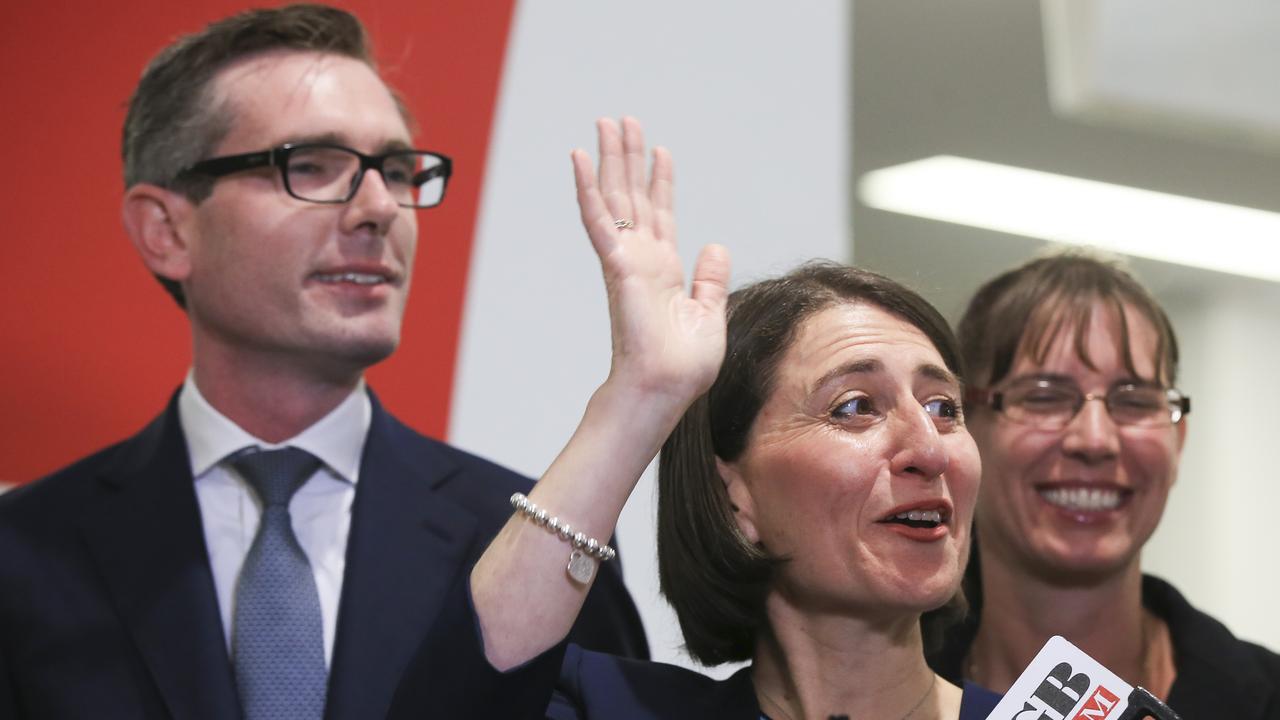“They’ll hang if they’ll not confess, John,” Elizabeth Proctor says to her husband about those accused of witchcraft in The Crucible. “The town’s gone wild, I think.” George Pell has been at the epicentre of a modern-day Salem witch trial where the clergy are the accused rather than accusers. The crimes are real and horrific, and numerous victims have suffered, but the hysterical public spectacle is not enslaved by facts. The mob wants Pell as a trophy to expunge a broader evil.
Revelations of widespread abuse by priests and institutional inertia in dealing with culprits desecrate the church’s responsibility and teachings: “Suffer the little children, and forbid them not, to come unto me; for of such is the kingdom of heaven.” Victims are traumatised, lives have been ruined and people are seething with anger.
While Pell’s career began on the periphery of a Ballarat priestly community where unspeakable evil was conducted, he went on to prominence, becoming a state and national church leader. He became the public face of the Catholic Church in Australia but also a seemingly cold and immovable representative of the church’s conservative wing. For victims and the rest of us appalled by priestly pedophilia, cover-ups and wilful blindness, Pell presents as a convenient focus for anger. Not only is he linked, historically, to some of the offenders but he had become a personification of the church hierarchy.
Yet much of what we have seen this week, particularly from the media, has been primitive. No matter the instant satellite amplification and digital distribution, the lynch mob mentality has been of a piece with that described by Arthur Miller in The Crucible. To speak out against this onslaught has been to invite slurs of “defending” pedophiles or colluding in a despicable cover-up — hence the mob is unchecked.
Yet it goes without saying that these horrendous crimes and tardy efforts to prevent and prosecute them need to be unpicked. Victims deserve justice. As a contemporary church leader and the archbishop who framed the first institutionalised response to abuse claims, Pell clearly needs forensic questioning.
All the fuss about Pell making his third royal commission appearance from Rome because of ill health proved unfounded. The process worked well enough, and no one could suggest he was anything other than available and forthright. Perhaps in some ways he was too frank, especially about his lack of interest in matters that he wasn’t aware of in places for which he was not responsible.
Pell comes across as aloof and lacking empathy, and this does him no favours as a witness, especially when the media longs for tearful expressions of regret or a public self-flagellation. Like The Crucible’s John Proctor, Pell seems to steel himself against his critics: “Give them no tear. Show them a heart of stone and sink them with it.”
Still, stone-faced stoicism is not a crime. For those dispensing pastoral care it can be an asset but before a hungry media throng it is an invitation for attack.
Pell did sympathise with victims, make concessions, admit error, express regret and decry the abusers and their crimes. But it was his clumsy responses that dominated and nothing he said was going to be enough for many.
A predictable circus sprang up around the hearings with a large media contingent reporting updates on every word, openly searching for the cliched “smoking gun” while blow-by-blow reactions were broadcast from survivors at the scene. At least one ABC radio host crossed to a survivor for a news update of the day’s hearing (journalists seemingly superfluous).
The singular focus on Pell in commission coverage has been out of all proportion; he can’t be held responsible for the crimes of others but for his own actions and, once he assumed positions of authority, his efforts to protect and support victims, and expose and prevent such criminality. But this past week it has been all about Pell.
He has to resign, came the analysis from the mob; he’s a dead duck, he’s blaming everyone else and his story is implausible.
Much criticism hinged on suggestions Pell must have known about the abhorrent activities of Gerald Ridsdale in the 1970s. Ridsdale was a serial pedophile priest who was moved on, rather than reported, by the responsible bishop, Ronald Mulkearns.
Pell sat on a Mulkearns committee that made some of these appointments and lived in the same presbytery as Ridsdale for almost a year.
It is incontestable that Ridsdale was a monster (he is now in jail) and Mulkearns failed abysmally by covering rather than confronting his crimes. It is also incontestable that this was secret — this was not an open society, this was an evil hidden crime. Yet the Pell lynch mob insists he must have known.
None of us can pretend to know but the best contemporaneous context for this comes from a former Catholic priest who is now trusted as an ABC green-left political commentator.
Paul Bongiorno is no defender of conservatives in the church or elsewhere. “I know Gerald Ridsdale, I lived in a presbytery with him in Warrnambool,” he told Fran Kelly on RN Breakfast almost a year ago.
“I’ve had the victims approach me to appear for them in court cases. Let me tell you this, Fran, I had no idea what he was up to — they hide it. It was certainly hidden from me and when it came out after I’d left the priesthood I was shocked and I was ashamed.” None of us would or should doubt Bongiorno for a moment — as he went on to say, husbands and wives sharing beds successfully hide affairs of all kinds from each other — but my obvious point is that we should afford Pell the same credit we give to Bongiorno.
My Sky News colleague and former NSW Labor premier Kristina Keneally has been at the vanguard of the Pell focus with frenetic television commentary and Twitter posts. She is a progressive Catholic who campaigns for female priests and other institutional reform.
On Thursday night’s Paul Murray Live her comments betrayed the deep political subtext to the Pell attacks.
“I don’t have a personal vendetta against Cardinal Pell,” Keneally explained. “Yeah, I don’t like the guy — that’s probably obvious from the things I’ve written and said about him — but this isn’t about Cardinal Pell … this isn’t about one individual.
“This is about looking at the structure of the church, the way decisions are made, who gets to make them, how the power is exercised.
“And what we have seen throughout this commission is a structure and an organisation where celibate males sit around in a room where they have a clear hierarchical power, and who gets to make the decision and who gets to ask questions and who gets to challenge is all very much determined by the hierarchical power structure and Cardinal Pell is just an example of that.”
Certainly, Keneally outlines a reasonable political agenda. And the findings of the royal commission must play into it.
But it should not be a prism through which individuals are assessed; they must be judged on their knowledge and actions, not according to a religious or political agenda.
As Bongiorno concedes, the horror story uncovered by the commission “taints men, good men, faithful men, brothers and priests, who have not betrayed the beliefs that the church taught me and them”.
That unavoidable tainting should be a lamentable corollary of the commission, not a driving motivation for public debate and media coverage.



